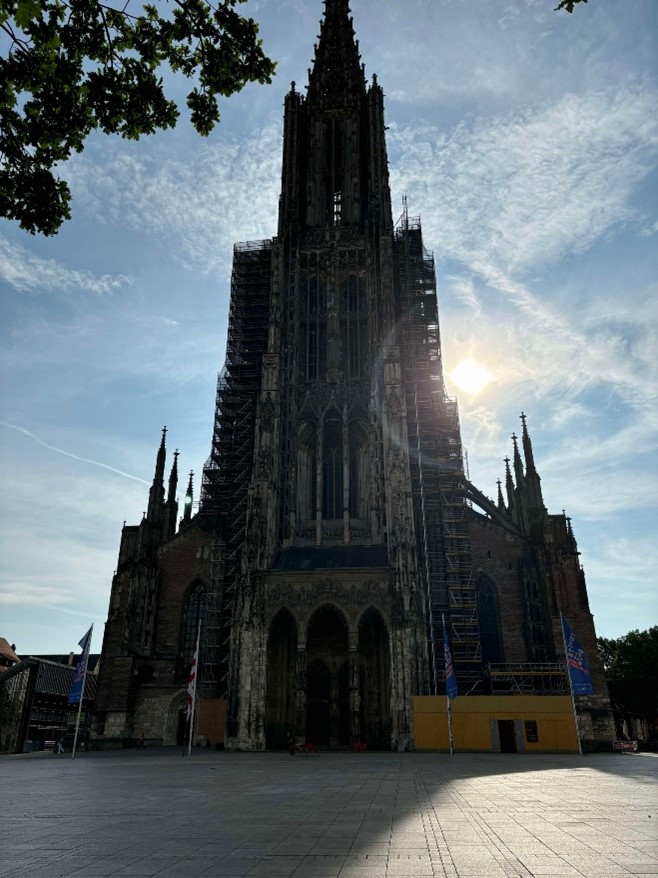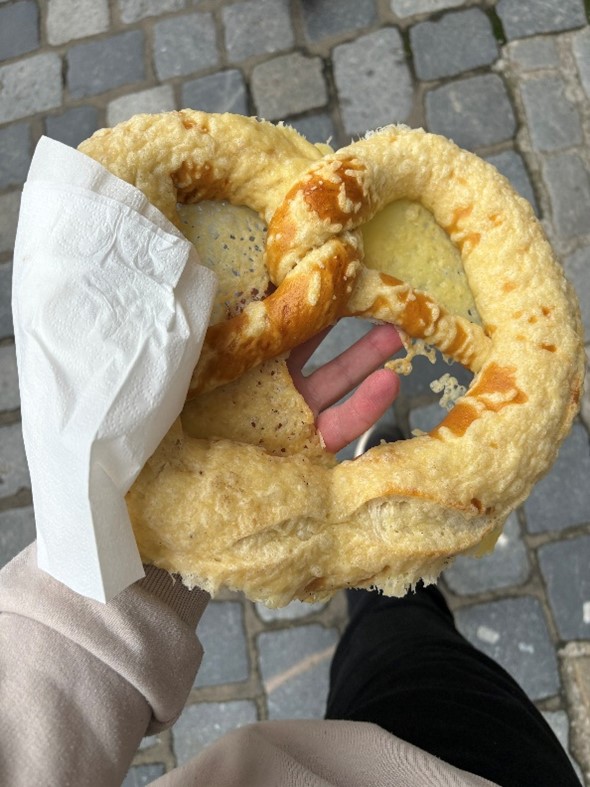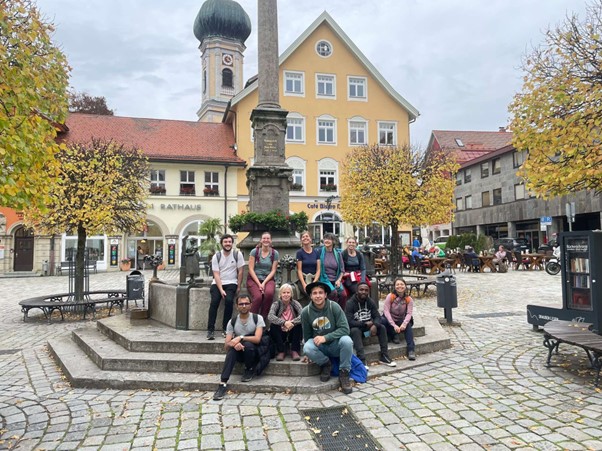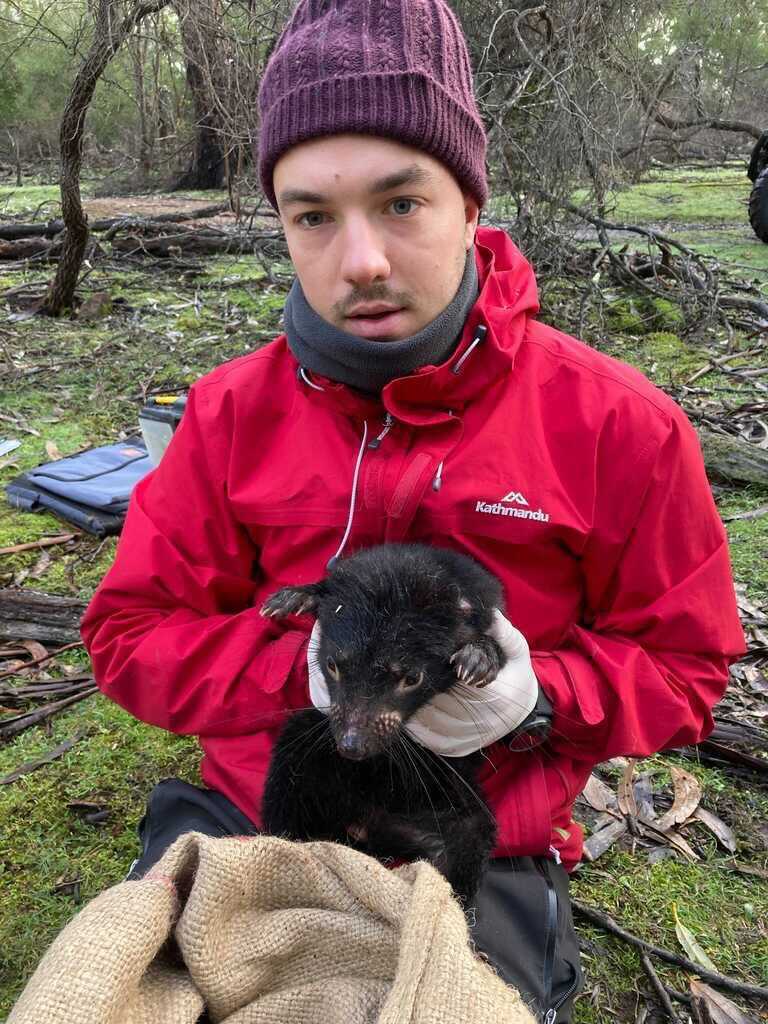Type: Journal article
Reference: Silver LW, Farquharson KA, Peel E, Gilbert MTP, Belov K, Morales HE, Hogg CJ. Temporal Loss of Genome-Wide and Immunogenetic Diversity in a Near-Extinct Parrot. Mol Ecol. 2025 Mar 25:e17746. doi: 10.1111/mec.17746.
Abstract
Loss of genetic diversity threatens a species’ adaptive potential and long-term resilience. Predicted to be extinct by 2038, the orange-bellied parrot (Neophema chrysogaster) is a critically endangered migratory bird threatened by numerous viral, bacterial and fungal diseases. The species has undergone multiple population crashes, reaching a low of three wild-born females and 13 males in 2016, and is now represented by only a single wild population and individuals in the captive breeding program. Here we used our high-quality long-read reference genome, and contemporary (N = 19) and historical (N = 16) resequenced genomes from as early as 1829, to track the long-term genomic erosion and immunogenetic diversity decline in this species. 62% of genomic diversity was lost between historical (mean autosomal heterozygosity = 0.00149 ± 0.000699 SD) and contemporary (0.00057 ± 0.000026) parrots. A greater number and length of runs of homozygosity in contemporary samples were also observed. A temporal reduction in the number of alleles at Toll-like receptor genes was found (historical average alleles = 5.78 ± 2.73; contemporary = 3.89 ± 2.10), potentially exacerbating disease susceptibility in the contemporary population. Of particular concern is the new threat of avian influenza strain (HPAI) to Australia. We discuss the conservation implications of our findings and propose that hybridisation and synthetic biology may be required to address the catastrophic loss of genetic diversity that has occurred in this species in order to prevent extinction.






